IoT-Based Environmental Monitoring Systems: A New Era for Sustainable Management
In today’s world the rapid pace of technological advancement is playing an essential role in shaping how we interact with and manage our environment. Environmental concerns such as pollution climate change resource depletion and the need for sustainable management practices have brought attention to the importance of continuous monitoring of natural and industrial ecosystems. One technology driving this transformation is the Internet of Things (IoT) and AlSystemz Solutions is at the forefront of integrating IoT into Environmental monitoring Systems.
IoT-based environmental monitoring systems have revolutionized how we track and manage environmental parameters by enabling real-time automated data collection from diverse locations and ecosystems. With sensors embedded in irrigation systems pipelines weather stations and industrial equipment IoT offers an advanced approach to understanding and addressing environmental challenges.
Defining IoT-Based Environmental Monitoring Systems
Environmental monitoring systems refer to the consistent collection analysis and reporting of data from our natural and built environments. The goal is to track changes in environmental parameters detect potential hazards and ensure sustainable management of resources. These systems are critical for monitoring a wide range of factors including air and water quality soil conditions weather patterns and the presence of pollutants or hazardous substances.
IoT-based environmental monitoring takes this process a step further by leveraging IoT technology — a network of interconnected devices sensors and systems that communicate data over the internet. IoT enables real-time data collection from remote and diverse locations making environmental monitoring more efficient accurate and scalable.
How IoT Supports Environmental Monitoring
IoT technology has revolutionized the way we monitor environmental conditions by introducing automation real-time data collection and remote accessibility. Here’s how IoT supports environmental monitoring systems:
- Continuous Data Collection: IoT-based environmental monitoring systems are equipped with a wide array of sensors that collect real-time data continuously. Whether it’s tracking temperature humidity air pollution water quality or soil moisture levels IoT devices can provide an uninterrupted stream of valuable data. This continuous monitoring allows for a comprehensive understanding of environmental changes over time.
- Remote Monitoring: Traditional environmental monitoring often required personnel to manually collect data from various sites which is time-consuming and prone to human error. IoT systems on the other hand enable remote monitoring allowing for data collection from distant and hard-to-reach locations. For example sensors can be placed in remote forests oceans or hazardous industrial zones transmitting data to central systems without needing on-site visits.
- Real-Time Alerts and Responses: One of the most significant advantages of IoT in environmental monitoring is its ability to provide real-time alerts. For instance if a sensor detects a sudden spike in air pollution or a potential leak in a water system the IoT system can instantly notify authorities or trigger automated responses. This helps in rapid decision-making minimizing damage and protecting the environment from prolonged exposure to harmful conditions.
- Automation and Smart Control: IoT-based environmental monitoring systems are often integrated with automation systems that can control other devices or systems based on the data collected. For example an IoT-enabled irrigation system can adjust water levels automatically based on soil moisture readings ensuring crops get the right amount of water while preventing wastage.
- Data Analytics and Predictive Insights: IoT generates massive amounts of data which can be processed and analyzed to identify patterns predict future trends and optimize environmental management strategies. Through machine learning algorithms and data analytics environmental monitoring systems can provide predictive insights helping industries and governments anticipate problems before they escalate. For instance historical data on air quality can be used to predict potential pollution spikes and take proactive measures to mitigate them.
Key Components of IoT-Based Environmental Monitoring Systems
An IoT-based environmental monitoring system typically consists of the following components:
- Sensors: Sensors are the core of IoT-based environmental monitoring systems. These devices detect and measure various environmental parameters such as temperature humidity air quality water levels radiation and soil conditions. Commonly used sensors include:
- Temperature sensors
- Air quality sensors (e.g. PM2.5 CO2 levels)
- Water quality sensors (e.g. pH turbidity dissolved oxygen)
- Moisture sensors (for soil monitoring)
- Pressure sensors (for pipelines or weather systems)
- Radiation sensors (for detecting harmful radiation levels)
- IoT Devices and Gateways: IoT devices collect data from sensors and transmit it to centralized systems via gateways. These devices are often equipped with wireless communication technologies such as Wi-Fi LoRaWAN NB-IoT or 5G enabling them to send data over long distances. Gateways act as intermediaries between sensors and the cloud ensuring data is transmitted securely and efficiently.
- Cloud Platforms and Data Storage: The data collected by IoT sensors is typically sent to cloud platforms where it is stored and processed. Cloud-based platforms offer scalable storage solutions and advanced data processing capabilities making it easy to analyze large datasets in real-time. These platforms also allow users to access data from anywhere improving transparency and collaboration.
- Data Analytics Tools: Advanced analytics tools use machine learning algorithms and artificial intelligence to extract actionable insights from the collected data. These tools can identify trends detect anomalies and predict future environmental conditions allowing users to make informed decisions.
- User Interface and Dashboards: The data collected by IoT-based environmental monitoring systems is presented to users through intuitive dashboards. These dashboards display key metrics trends and alerts in real-time allowing users to monitor the health of the environment or system being observed. Additionally users can customize dashboards to focus on specific parameters or geographic areas of interest.
The Importance of IoT-Based Environmental Monitoring Systems
The importance of IoT-based environmental monitoring systems cannot be overstated. These systems are critical to ensuring environmental sustainability protecting public health and enabling better decision-making across industries and governments. Here are the key reasons why they are essential:
- Ensuring Environmental Sustainability: As climate change and environmental degradation accelerate the need for real-time data to understand and mitigate these issues becomes urgent. IoT-based environmental monitoring systems provide the tools needed to monitor critical environmental parameters enabling authorities and industries to take timely and effective action to mitigate harmful impacts. These systems help promote sustainable practices by providing insights that drive eco-friendly decisions such as optimizing water usage in agriculture or minimizing pollution in industrial processes.
- Protecting Public Health and Safety: Poor air and water quality are directly linked to health issues in communities. IoT systems continuously monitor these conditions ensuring that hazardous pollutants are detected early. This is especially important in urban areas where pollution levels can spike due to traffic industrial activities or natural events like wildfires. With real-time alerts authorities can quickly implement protective measures such as issuing public health warnings or enforcing environmental regulations. By ensuring safe living environments IoT systems contribute to improved public health outcomes.
- Enabling Data-Driven Decision Making: Industries governments and environmental agencies rely on accurate data to make decisions regarding resource allocation policy creation and operational adjustments. The large volumes of data generated by IoT-based systems combined with advanced data analytics provide a deep understanding of environmental conditions and trends. This leads to data-driven decision-making reducing guesswork and enabling proactive measures that can prevent environmental crises.
- Supporting Regulatory Compliance: Many industries are subject to strict environmental regulations that require continuous monitoring of emissions water usage and waste management. IoT-based environmental monitoring systems simplify this process by automating data collection and reporting. This ensures that companies remain compliant with regulations avoid fines and contribute to environmental protection efforts.
- Enhancing Operational Efficiency: Industries that adopt IoT-based monitoring systems benefit from enhanced efficiency in their operations. For example in agriculture smart irrigation systems optimize water usage reducing waste and improving crop yields. In manufacturing IoT sensors can monitor energy usage enabling companies to identify inefficiencies and reduce their carbon footprint. By improving operational efficiency companies can lower costs while reducing their environmental impact.
- Combating Climate Change: IoT-based environmental monitoring systems play a crucial role in addressing climate change by tracking critical variables such as greenhouse gas emissions temperature changes and deforestation rates. This data is essential for climate change mitigation efforts as it helps policymakers and scientists understand how human activities impact the environment and develop strategies to reduce these impacts. The ability to monitor ecosystems and industrial activities in real-time allows for faster intervention and greater accountability in the fight against climate change.
Use Cases of IoT-Based Environmental Monitoring
- Air Quality Monitoring in Urban Areas: Cities worldwide are facing increasing air pollution levels due to vehicle emissions industrial activities and urbanization. IoT-based air quality monitoring systems can provide real-time data on pollutant levels and alert authorities when levels exceed safe thresholds. This data helps city planners implement policies to reduce pollution such as restricting traffic or encouraging the use of public transportation.
- Water Quality Monitoring in Rivers and Lakes: Water pollution poses a significant threat to aquatic ecosystems and human health. IoT-based water quality monitoring systems can track parameters such as pH turbidity dissolved oxygen and the presence of harmful chemicals. By continuously monitoring water quality in rivers lakes and reservoirs authorities can detect contamination early and take steps to prevent environmental damage.
- Smart Agriculture: IoT sensors are widely used in agriculture to monitor soil moisture temperature and nutrient levels ensuring that crops receive the right amount of water and nutrients. This improves crop yields while reducing water and fertilizer usage promoting sustainable farming practices. IoT-based monitoring also helps farmers detect pests and diseases early reducing the need for chemical pesticides.
Future Trends in IoT-Based Environmental Monitoring
As IoT technology continues to evolve we can expect several exciting trends to shape the future of environmental monitoring:
- Artificial Intelligence Integration: AI-driven IoT systems will become more prevalent enabling predictive analytics automated responses and more efficient data processing. AI will play a critical role in optimizing environmental monitoring efforts by identifying trends and anomalies in real-time.
- 5G Connectivity: The advent of 5G technology will enhance the capabilities of IoT systems by providing faster data transmission speeds greater bandwidth and improved connectivity. This will allow for more sensors to be deployed across wider areas improving the accuracy and scale of environmental monitoring efforts.
- Blockchain for Data Security: Blockchain technology is being explored to secure the data collected by IoT sensors ensuring that environmental data is tamper-proof and transparent. This will enhance trust in environmental monitoring systems and provide an immutable record of environmental conditions.


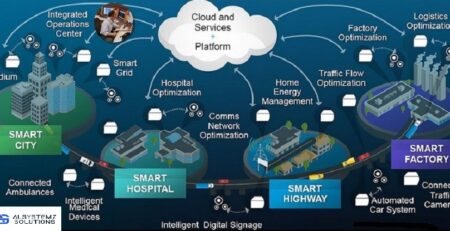
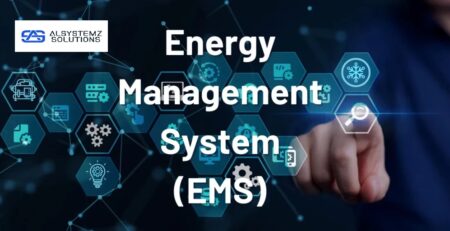
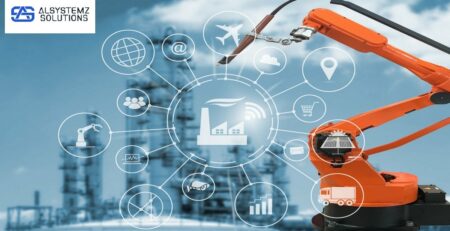
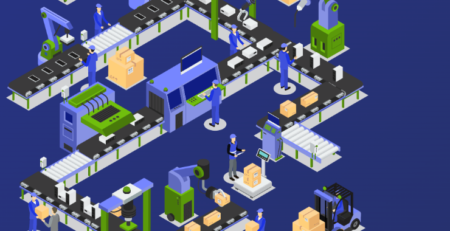
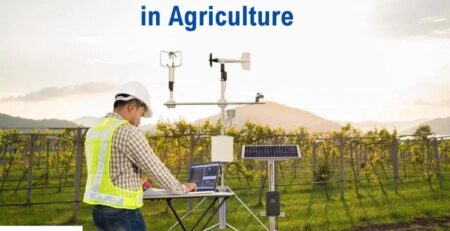
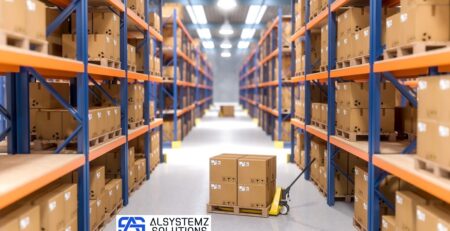
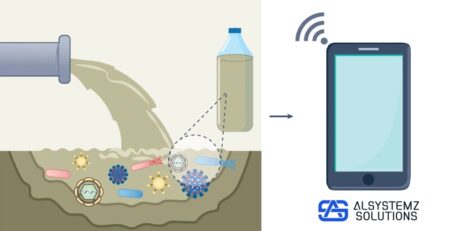


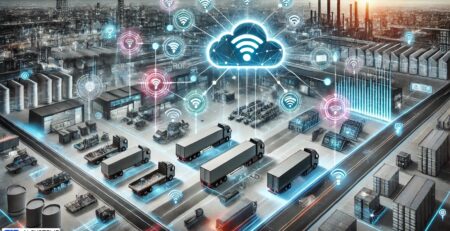
Leave a Reply